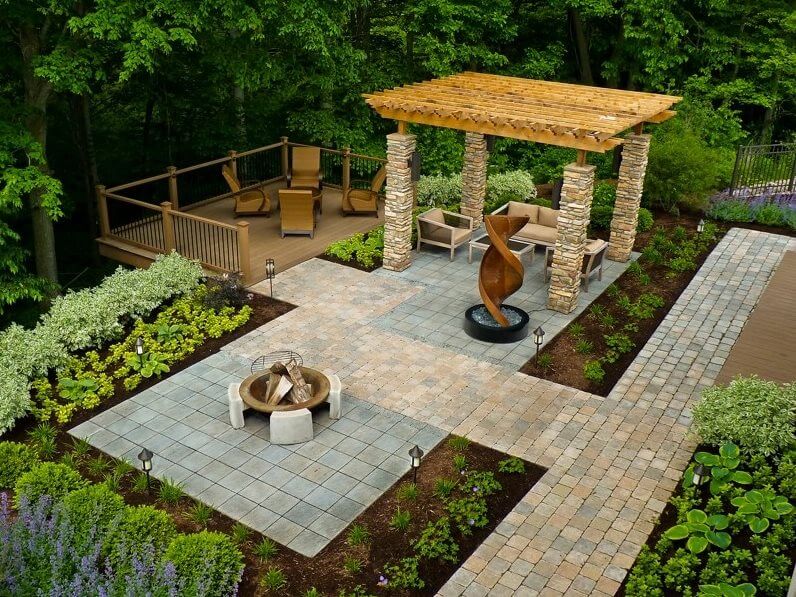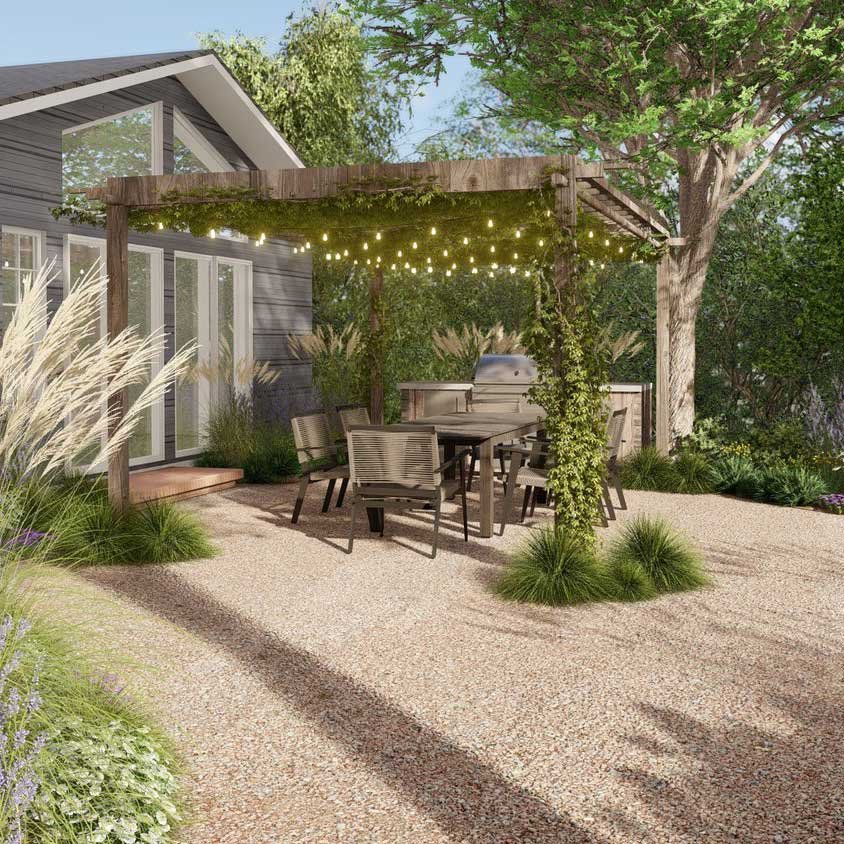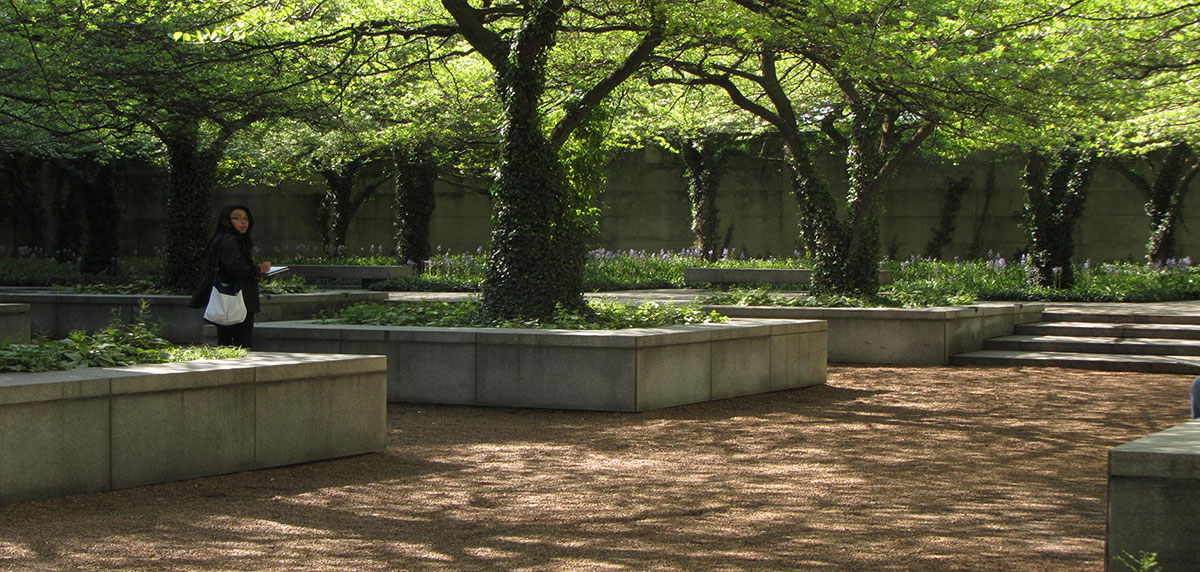5 Easy Facts About Landscapers Shown
5 Easy Facts About Landscapers Shown
Blog Article
Landscapers - The Facts
Table of ContentsRumored Buzz on LandscapersLandscapers - TruthsLandscapers Can Be Fun For EveryoneThe 9-Minute Rule for Landscapers4 Simple Techniques For LandscapersLandscapers Fundamentals Explained
- A garden feature where water is represented by an accumulated rock item, typically a gravel or granite. These are most commonly located in contemporary and Japanese yard design.- A stone or natural flagstone patio area, path, or sidewalk developed without a concrete base. The base would be compacted gravel and the joints would certainly be an aggregate or walkable ground cover. - A rock keeping or complimentary standing wall constructed without the use of mortar. - A below ground structure that collect water and permits it to slow percolate right into the soil around it.
Landscape layout that is suitable with a websites' atmosphere in both look and sustainability without unfavorable impacts to the setting. Interrupting the landscape is a line of demarcation that develops aesthetic passion in the garden by separating one sector from one more sector. This can be aesthetic or useful, maintaining one component (such as pea gravel) from getting combined right into one more (like bark dust).
Locations can also have a feeling of "enclosure" provided by trees, other plantings, fences, or screens. The landscape near the entrance to a structure.
Landscapers - The Facts

The aspect in a landscape style or location in a landscape that is indicated to be most prominent. The focal point can be a plant, rock, sculpture, gathering room, or other landscape function.

Some Known Details About Landscapers
Rock product, either rounded or fractured, that is relatively small- typically 1" or much less. Reduced plants that are enabled or encouraged to spread over a location. Can describe any type of "difficult" garden elements including statuary or boulders yet the majority of commonly is made use of to describe courses, patio areas, and walls.: Elevation difference between the level of water in a pond (or the degree of the pump if it rests outside the pond) and the upper electrical outlet of water which influences efficiency of the water pump in gph (gallons per hour). Thick bushes or trees that develop a fence, display, or limit.
Fence boards that run horizontally, typically utilized in modern-day or Japanese-inspired landscape styles. Proper usage of imaginary lines can help the landscape feel attached to the home and various other elements.
An even more loosened up garden controlled by bent as opposed to straight bed lines and a much less inflexible structure. Standard PNW landscapes are informal. A plant that spreads more than wanted, or right into habitats where it does damages. Rose city has a listing of intrusive plants that should not be installed in landscapes due to the fact that they can infect forests or waterways and be tough to manage.
The smart Trick of Landscapers That Nobody is Talking About
Smart irrigation controller testimonials and suggestions here. 2-D rendering of the recommended irrigation system. Can include head positionings and coverage, pipe sizing, GPM specs, and products needed to install this system. An irrigation plan is typically unnecessary for property homes however is common for commercial jobs. Certified specialist who designs landscapes, educated in design and architecture in addition to in gardening.
The expert that intends and creates landscape projects, generally at a domestic or tiny commercial level with the significant design motivation on plantings. Landscape designers usually have less schooling than Landscape Architects and are not certified. A completed landscape style, outlining all elements for the new landscape. This normally takes the type of an illustration on paper.
Utilizing numerous plantings of the very same variety to fill in a location in the landscape. This can reduce maintenance and water usage in the yard.
A layer of garden compost or bark dirt used at the base of a plant. A their explanation plant that was present in a geographic location before individuals started altering the landscape.
7 Simple Techniques For Landscapers
Just how the yard or a yard component is set up in partnership to an existing or new attribute or to a direction. Grasses that are not cut however expanded in landscapes as perennials.

Plants that offer seasonal interest and after that pass away back in the wintertime. Cold period grass that is the most typical turf lawn in Rose city, OR and the remainder of the PNW.An open roofed framework over an outdoor patio or various other landscape attribute.
The most usual landscape crushed rock in the PNW. Location of the landscape designed to deal with rainfall water up until it can soak right into the ground.
Framework made of timber, concrete, leading rocks, bricks or various other materials for stabilizing inclines and preventing extreme disintegration. Slim watercourse. Developing a yard feature consisting mainly of stones with plantings that enhance and can thrive in the rough environment. Lawn sprinkler head style that turns a stream of water throughout a location.
The Main Principles Of Landscapers

Report this page